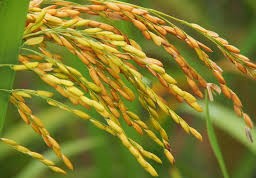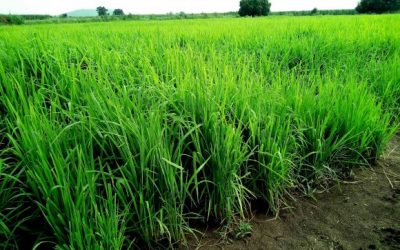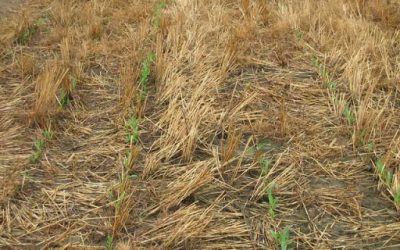
Every year, more than one-third of rice crop production is lost to pests and diseases. It is important to know our crop enemies and form an environmentally friendly approach in order to tackle them. We can consult a local licensed professional for proper control of rice pests and diseases. The most common rice pests and diseases are listed below.
Pests
Planthoppers and Leafhoppers; Planthoppers (Delphacidae) often attack rice stems. On the contrary, leafhoppers (Cicadellidae) attack the aerial parts of the plant. The attacked plants have a dark brown colour as if they got burned.
Defoliators; Plenty of insects (Lepidoptera, Orthoptera, and Coleoptera), visit rice leaves in order to get fed.
Insects that attack the grains; Oebalus pugnax, known as the rice stink bug attack immature plants and feed on their grain.
Diseases
Bacterial blight; This disease is caused by Xanthomonas oryzae. It appears in both temperate and tropical climates, with high levels of humidity. It is responsible mainly for the yellowing of leaves.
Bacterial leaf streak; This disease is also caused by Xanthomonas oryzae. It can be found in unhealthy and injured plants in areas with high levels of humidity. It is responsible for the drying and browning of leaves.
Brown spot; It is a fungal disease that mainly infects leaves and panicle. Large brown spots begin to spread all over the leaves. It is one of the most damaging rice diseases and appears frequently on fields with high humidity.
The best way to control these pests and diseases is prevention. Rice farmers shall take into consideration the following measures.
– Proper cleaning of field and equipment used in rice paddies is necessary between seasons.
– Use of Certified seeds.
– Avoiding excessive application of fertilizers.
– In many cases, pesticide application is not allowed within 40 days of seeding (ask your local licensed agronomist).
– Proper storing of grains. In many cases, grains are stored in containers with 13-14% moisture.


